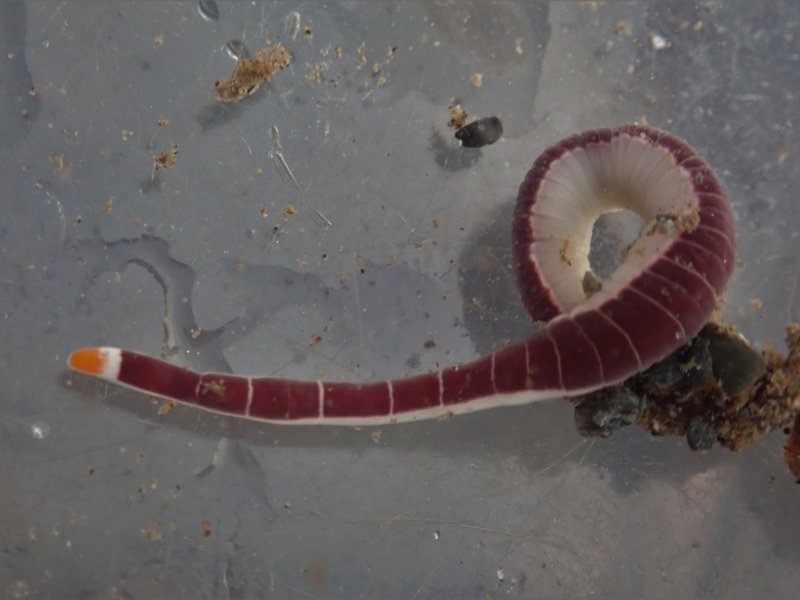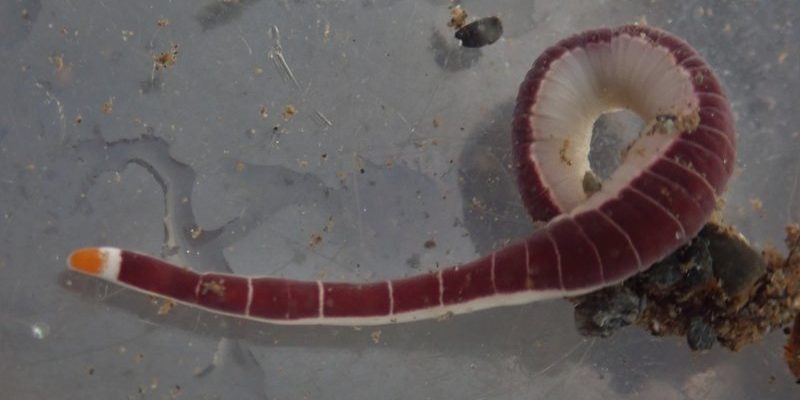
Let’s dive into what makes for the best conditions to find these elusive creatures in the wild. We’ll touch on their habitats, the time of year, and even the weather, so you can be prepared for a successful worm hunt. Whether you’re a curious nature lover or an aspiring biologist, understanding these factors can transform your outdoor adventures into exciting discoveries.
Understanding Ribbon Worms
Ribbon worms belong to a group of animals known as nemerteans. They can range from a few centimeters to several meters long! When you first see one, it might remind you of a piece of ribbon or a piece of spaghetti—but don’t let their soft appearance fool you. These worms can be quite fascinating, with some species displaying vibrant colors and patterns.
You might be wondering why anyone would want to look for ribbon worms in the first place. Beyond their unique appearance, they play important roles in ecosystems. They mostly feed on small invertebrates and are a food source for larger animals. Learning about their behaviors and habitats can help us understand the environment better and appreciate the hidden wonders of nature.
Ideal Habitat for Ribbon Worms
If you want to spot ribbon worms, knowing where to look is key. These worms usually inhabit coastal zones, damp environments, and shallow waters. You could find them nestled among the seaweed along the shore or buried in the mud of estuaries.
Next time you’re near the coast, take a moment to check out areas like:
- Shallow coastal waters: This is where many ribbon worms thrive. Look for them in sandy or muddy substrates.
- Intertidal zones: During low tide, these areas are exposed, giving you a chance to spot ribbon worms hiding in crevices.
- Freshwater environments: Some species can be found in lakes and streams, especially in muddy areas where they can burrow.
You may find them while digging, but be gentle—these guys are delicate and can be easily harmed.
Best Time of Year to Spot Ribbon Worms
Timing is everything when it comes to spotting ribbon worms. While they might be around year-round, certain seasons can increase your chances of seeing them.
Honestly, spring and early summer are prime times for worm-hunting. During these months, ribbon worms are more active due to warmer temperatures. You’ll notice them crawling out of their hiding spots as they search for food. If you’re planning an outing, try heading out during these months for the best chance of success.
Additionally, early morning or late afternoon can also be good times to explore. That’s when temperatures are cooler, and the worms tend to be more active, allowing you to observe them more easily.
The Impact of Weather on Finding Ribbon Worms
Weather plays an essential role in spotting ribbon worms. Rainy days might seem like a bummer for outdoor activities, but they can actually create perfect conditions for finding these slippery critters.
After a good rainfall, the moisture in the soil brings ribbon worms up closer to the surface. The best spots are often muddy areas that have good drainage—think of riverbanks or the edges of ponds. That’s where you’ll likely see them wriggling their way to the top!
On the flip side, very hot or dry days could make it harder to find them. On scorching days, ribbon worms may burrow deeper to escape the heat. If you’re out in the hot sun, you might want to consider exploring after a cool rain or during milder weather.
Techniques for Spotting Ribbon Worms
Now that you know the best conditions for spotting ribbon worms, let’s talk about some techniques that can help you on your search. Here are a few tips to make your journey more fruitful:
- Check under rocks: Lift rocks near the water’s edge. You might uncover hidden treasure in the form of a ribbon worm lurking beneath.
- Use a shovel carefully: In muddy areas, use a small shovel to gently dig around. Try to disturb the ground as little as possible.
- Look for movement: Watch for any wriggling or movement in the sediment. Sometimes a quick glance can lead to a discovery.
Remember, it’s all about being patient and observant. Take your time and enjoy the process of exploring the natural world. You might even find other interesting creatures along the way!
Maintaining Respect for Nature
While it’s thrilling to spot ribbon worms in the wild, it’s crucial to respect their habitats. Avoid disturbing their environment and always follow local guidelines about wildlife.
When observing ribbon worms, try to minimize your impact. If you’re lifting rocks or digging, be gentle. Always return any rocks or plants you move to their original spots. This helps protect the delicate balance of the ecosystem while ensuring that future explorers can enjoy the same experiences.
Remember, nature is a shared space, and we all play a part in keeping it healthy and thriving.
Final Thoughts: Enjoy the Hunt!
In the end, spotting ribbon worms can be a delightful adventure. By understanding the best conditions—like their habitats, active seasons, and the influence of weather—you’ll greatly enhance your chances of making an exciting discovery.
So grab your gear and get ready to explore. Whether you’re an experienced nature enthusiast or a curious beginner, there’s always something new waiting to be found. Happy hunting, and don’t forget to take a moment to appreciate the beauty of the natural world around you!

